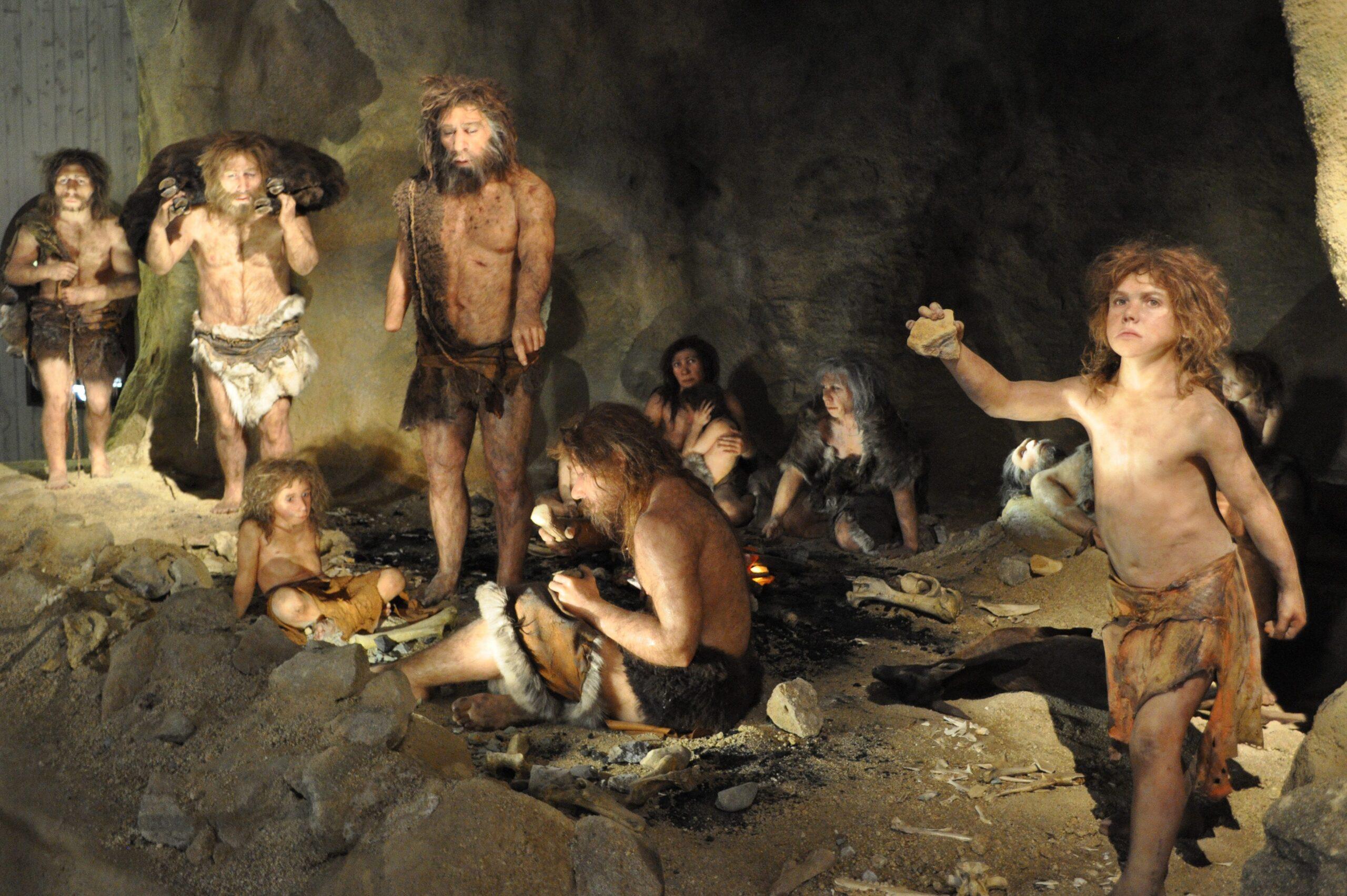It’s not quite waffles and paella, but it appears that Neanderthals were omnivores who adapted to eating whatever was available to them in the regions where they lived.
were omnivores who adapted to eating whatever was available to them in the regions where they lived.
DNA samples extracted from ancient plaque on teeth found in a cave in Belgium and from those found at a site in Northern Spain indicate that Neanderthals had distinct regional cuisines.
In the area that is now Belgium, Neanderthals ate a lot of meat—woolly rhinos and wild sheep—while those in Spain were vegetarians, living off pine nuts, mushrooms, tree bark, and forest moss.
Find Your Inner Neanderthal
23andMe reports to customers the number of Neanderthal variants they carry, how that compares with other customers, and traits those variants are associated with, such as back hair and height.
Neanderthal Microbiome
Even more interesting than what was on the menu is the additional information scientists gleaned from the first microbiome sequence of an extinct species. Our microbiome is the collection of bacteria and microbes on and in our bodies that we depend on for survival. They can also tell us a lot about health, and researchers have, over the last decade, begun using DNA extracted from calcified plaque on teeth to help piece together the lives of our ancient ancestors.
The most recent work is the first such successful effort focused on Neanderthals.
Medicinal Practices
In addition to learning about what our ancient cousins ate, the researchers also found signs of possible primitive medicinal practices. In one case, from an individual in Spain who appeared to have had a dental abscess and some sort of gastrointestinal parasite, the researchers found traces of the bark from a poplar tree, which has salicylic acid, a natural painkiller used in aspirin, as well as material that included Penicillium mold.
According to researchers, the data offer genetic evidence regarding not only diet but also Neanderthal behavior and the diseases they struggled with.
The study also offered some exciting twists to speculation around the nature of Neanderthal and human interactions.
Neanderthal and Modern Human Interactions
Neanderthals went extinct about 40,000 years ago in Europe, but traces remain in the DNA of people with non-African ancestry. That intermixing likely offered humans an evolutionary advantage to survive as they migrated outside of Africa. But why modern humans thrived, and Neanderthals disappeared from the earth is still not fully understood.
The biggest spit-take of this most recent study had to do with … spit. One researcher said that genetic evidence of an oral microbe in the mouths of these Neanderthals — also found in the mouths of modern humans — suggested that this bacteria was transmitted between Neanderthals and humans, implying “that these interactions were much friendlier and much more intimate than anybody … imagined.”
“If you’re swapping spit between species, there’s kissing going on, or at least food sharing,” co-author Laura Weyrich told the journal Nature.
While Neanderthals and humans may have kissed cousins, others were less willing to draw those conclusions. That doesn’t mean that the science wasn’t solid–just that it didn’t indicate how the oral microbe went from modern humans to Neanderthals.
Much like the study of ancient human and Neanderthal DNA, the study of ancient microbiomes has added to what we know about human history. Historical changes such as the rise of agriculture and the industrialization age can be plotted in changes in the human microbiome. The information we glean from this research could also help us understand how changes in the microbiome influence human health.




